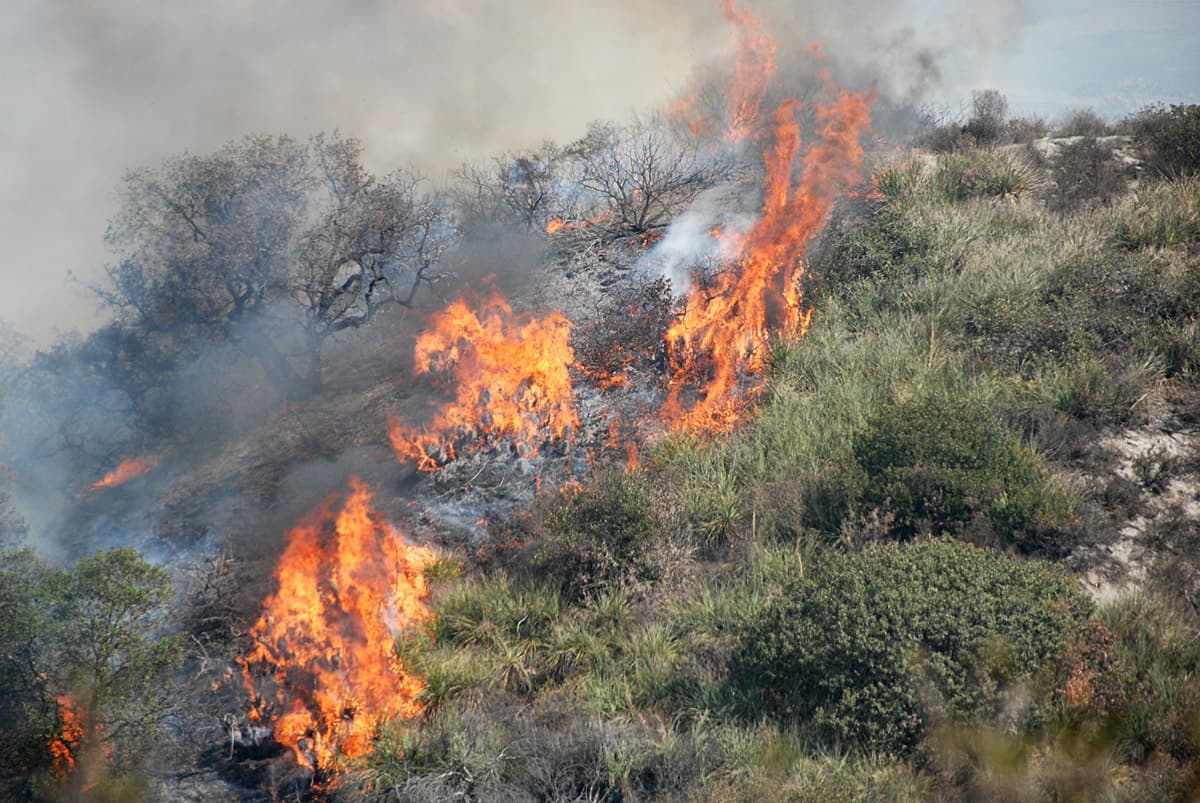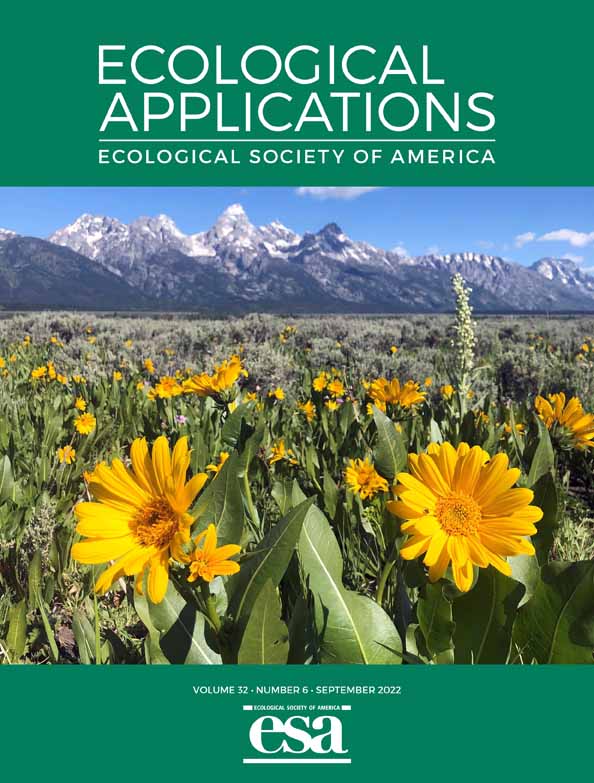One consequence of global change causing widespread concern is the possibility of ecosystem conversions from one type to another. A classic example of this is vegetation type conversion (VTC) from native woody shrublands to invasive annual grasslands in the biodiversity hotspot of Southern California. Although the significance of this problem is well recognized, understanding where, how much, and why this change is occurring remains elusive owing to differences in results from studies conducted using different methods, spatial extents, and scales. Disagreement has arisen particularly over the relative importance of short-interval fires in driving these changes. Chronosequence approaches that use space for time to estimate changes have produced different results than studies of changes at a site over time. Here we calculated the percentage woody and herbaceous cover across Southern California using air photos from ~1950 to 2019. We assessed the extent of woody cover change and the relative importance of fire history, topography, soil moisture, and distance to human infrastructure in explaining change across a hierarchy of spatial extents and regions. We found substantial net decline in woody cover and expansion of herbaceous vegetation across all regions, but the most dramatic changes occurred in the northern interior and southern coastal areas. Variables related to frequent, short-interval fire were consistently top ranked as the explanation for shrub to grassland type conversion, but low soil moisture and topographic complexity were also strong correlates. Despite the consistent importance of fire, there was substantial geographical variation in the relative importance of drivers, and these differences resulted in different mapped predictions of VTC. This geographical variation is important to recognize for management decision-making and, in addition to differences in methodological design, may also partly explain differences in previous study results. The overwhelming importance of short-interval fire has management implications. It suggests that actions should be directed away from imposing fires to preventing fires. Prevention can be controlled through management actions that limit ignitions, fire spread, and the damage sustained in areas that do burn. This study also demonstrates significant potential for changing fire regimes to drive large-scale, abrupt ecological change.
Fire-driven vegetation type conversion in Southern California



